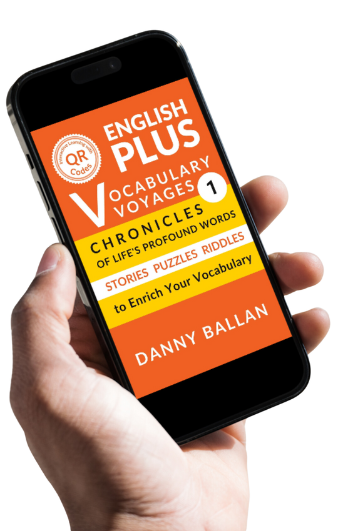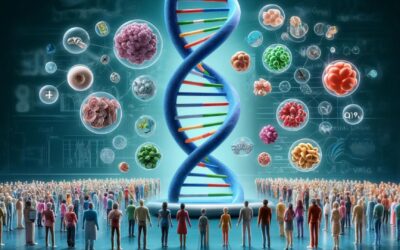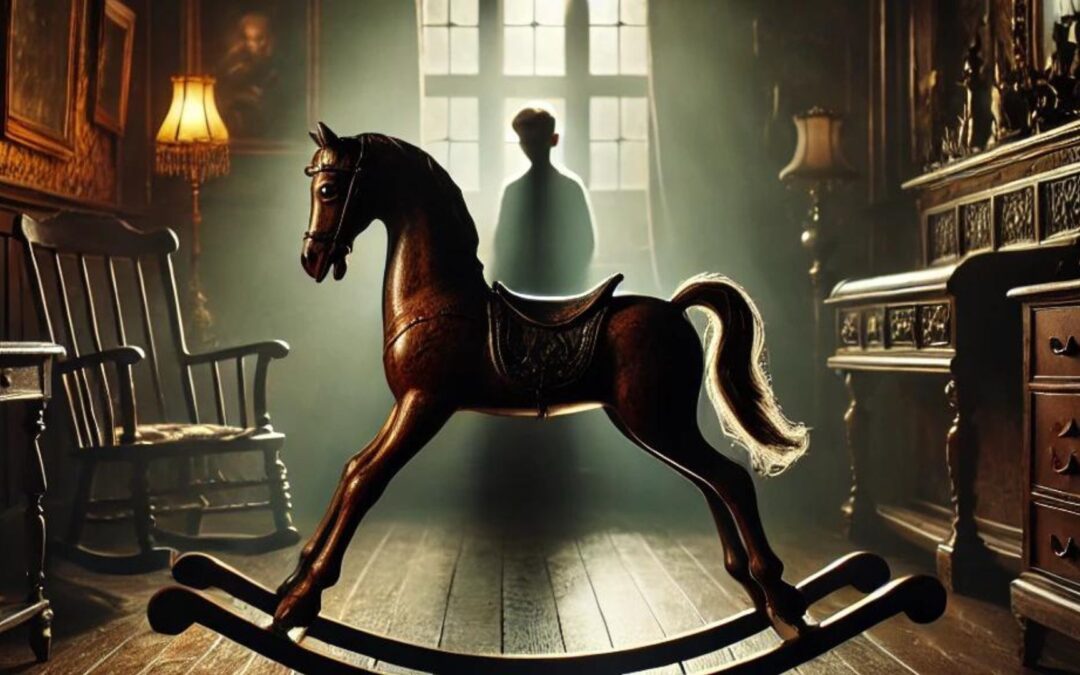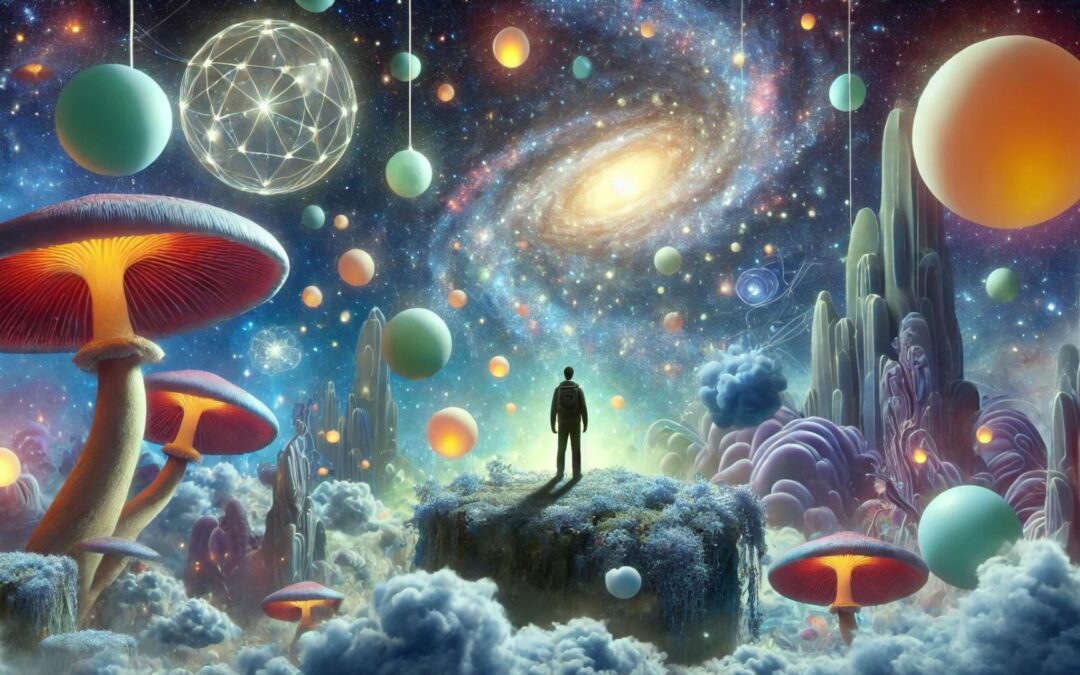Introduction
An astronaut is a space traveler. Astronauts fly into space on spaceships. They go where there is no air, higher than any airplane can fly. While they orbit (go around) Earth, they are weightless—they float and feel no gravity.
Audio Episode
[ai_playlist id=”16066″]
Interactive Transcript
ASTRONAUTS
“That’s one small step for man, one giant leap for mankind.” Astronaut Neil Armstrong spoke these words on July 20, 1969, as he became the first person ever to step onto the Moon.
An astronaut is a space traveler. Astronauts fly into space on spaceships. They go where there is no air, higher than any airplane can fly. While they orbit (go around) Earth, they are weightless—they float and feel no gravity.
WHO GETS TO BE AN ASTRONAUT?
In Neil Armstrong’s day, all astronauts were military test pilots. Today, they’re as likely to be medical doctors, scientists, or engineers. Astronauts are still pretty unusual, however. Only a few hundred people have ever traveled into space.
Astronauts receive intense training. Then they may prepare a year or more for a specific mission. Pilots must be able to control all spacecraft systems and deal with emergencies. They may need to make course changes or dock with a space station. They must be able to land the spacecraft. Mission specialists are experts on particular experiments. Any astronaut may have to perform duties in a space suit outside the craft.
WHAT DO ASTRONAUTS DO IN SPACE?
Most space missions do not require human passengers. Robots and computers can do many jobs without needing people. But astronauts can perform some experiments in space that machines cannot. They can examine, for example, how flames burn or how crystals grow without gravity. Some experiments test the effects of spaceflight on human beings. Astronauts also launch and repair satellites, machines that orbit Earth. They also retrieve objects in space for return to Earth.
Astronauts may spend weeks or even months in space. Russian cosmonaut Valeriy Polyakov holds the record for the most consecutive days in space. He spent 438 days aboard the Mir Space Station in 1994 and 1995.
THE FIRST ASTRONAUTS
Russian astronauts are called cosmonauts. The first person in space was cosmonaut Yuri Gagarin. He made the trip in April 1961. The first American, a month later, was astronaut Alan Shepard. The first capsules that carried astronauts into space were barely large enough to hold their single passenger.
FLYING TO THE MOON
The Apollo program began during the 1960s. Apollo was an American project to send people to the Moon and back. There were three astronauts in each Apollo crew. Two of them explored the Moon while the third stayed aboard the main spacecraft.
Neil Armstrong, Buzz Aldrin, and Michael Collins were the crew of Apollo 11. This was the first mission to land on the Moon. Altogether, 12 astronauts walked on the Moon as part of the Apollo program. They performed experiments and brought back moon rocks for study. No one else has ever been to the Moon.
THE SPACE SHUTTLE
During the 1980s, the United States began to use space shuttles to send astronauts into space. Previously, spaceships could only fly once. Each trip required a new spaceship. Now, space shuttles can fly into space many times. They are launched from the top of a rocket, but they land like an airplane. Up to seven crew members can live aboard a shuttle.
The United States has begun research on a new type of reusable spaceship to replace the space shuttle. This new spaceship will use newer technology and will be cheaper to operate than the space shuttle. Someday astronauts may walk on the Moon again, or even travel to other planets!
Practice Worksheet (Downloadable PDF)













0 Comments